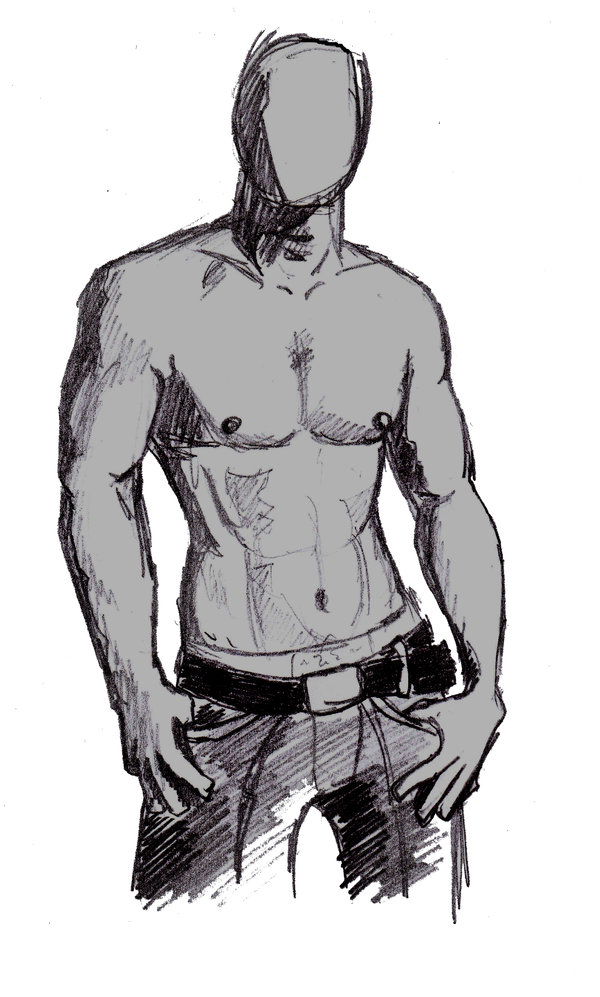
It is much better known as the Vitruvian Man. The drawing is described by Leonardo's notes as Le proporzioni del corpo umano secondo Vitruvio, variously translated as The Proportions of the Human Figure after Vitruvius, or Proportional Study of a Man in the Manner of Vitruvius.

Due to its sensitivity to light, the drawing rarely goes on public display, but it was borrowed by the Louvre in 2019 for their exhibition marking the 500th anniversary of Leonardo's death. It was later owned by Giuseppe Bossi, who wrote early scholarship on it, and eventually sold to the Gallerie dell'Accademia of Venice in 1822, where it has remained since. It later came into the possession of Venanzio de Pagave, who convinced the engraver Carlo Giuseppe Gerli to include it in a book of Leonardo's drawings, which widely disseminated the previously little-known image.

Leonardo produced the Vitruvian Man in Milan and the work was probably passed to his student Francesco Melzi. The drawing represents Leonardo's conception of ideal body proportions, originally derived from Vitruvius but influenced by his own measurements, the drawings of his contemporaries, and the De pictura treatise by Leon Battista Alberti. Although not the only known drawing of a man inspired by the writings of Vitruvius, the work is a unique synthesis of artistic and scientific ideals and often considered an archetypal representation of the High Renaissance. Bambach as "justly ranked among the all-time iconic images of Western civilization". It was described by the art historian Carmen C. Inspired by the writings of the ancient Roman architect Vitruvius, the drawing depicts a nude man in two superimposed positions with his arms and legs apart and inscribed in both a circle and square.

The Vitruvian Man ( Italian: L'uomo vitruviano ) is a drawing by the Italian Renaissance artist and scientist Leonardo da Vinci, dated to c. Pen, brown ink and watercolor over metalpoint on paper


 0 kommentar(er)
0 kommentar(er)
